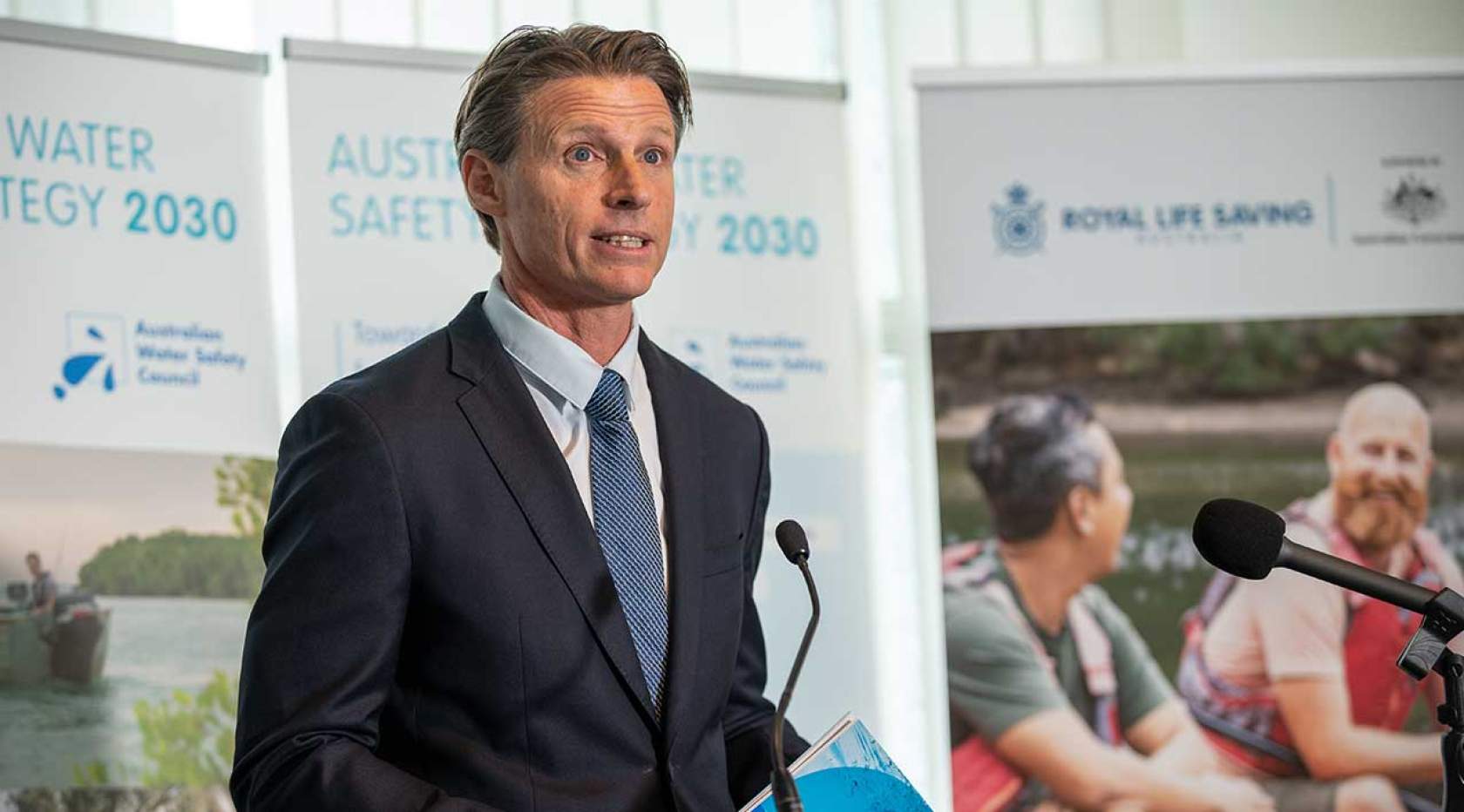Australian safety strategy aims to cut drowning rate

The new Australian Water Safety Strategy 2030 has been launched by the federal government and the Australian Water Safety Council (AWSC).
Each year more than 280 people die due to drowning, with many more admitted to hospital following a non-fatal drowning incident. Most drownings occur in coastal environments (beaches, ocean and rocks - 41 per cent), followed by 36 per cent in rivers and lakes. Overall, 61 per cent of drowning occur outside of major cities. Males drown at a rate four times that of females and one-year-old toddlers record the highest drowning rate of any age.
Justin Scarr, AWSC convenor says the previous strategy had proved effective by reducing the fatal drowning rate by 26 per cent over the past ten years – and reducing drowning in children aged 0-4 years by 50 per cent.
“However drowning remains unacceptably high, impacting more than 280 families each year,” he says.
The new strategy seeks to raise awareness about non-fatal drowning incidents, encourage communities to create local water safety plans and promote access to swimming and water safety skills for all Australians, including refugees, migrants and those living in regional areas.
“Being able to swim for fun, fitness or health is a great Australian past-time and is a skill that is essential for drowning prevention. The Australian Water Safety Strategy seeks to help all Australians to learn swimming and water safety skills, irrespective of where they live,” he says.
Additionally, the strategy promotes the importance of frontline water safety services, including volunteer surf lifesavers, lifeguards and swimming instructors.
“The strategy encourages extension of services, as well as innovative approaches such as the use of drones and emergency stations in remote locations,” Scarr says.
The Australian Water Safety Council was formed in 1998 and provides a forum for collaboration among peak water safety organisations, conducts regular conferences, workshops and symposiums, and develops, monitors and evaluates progress of the Australian Water Safety Strategy.
IMAGE: Justin Scarr, Convenor Australian Water Safety Council, CEO Royal Life Saving Society - Australia




